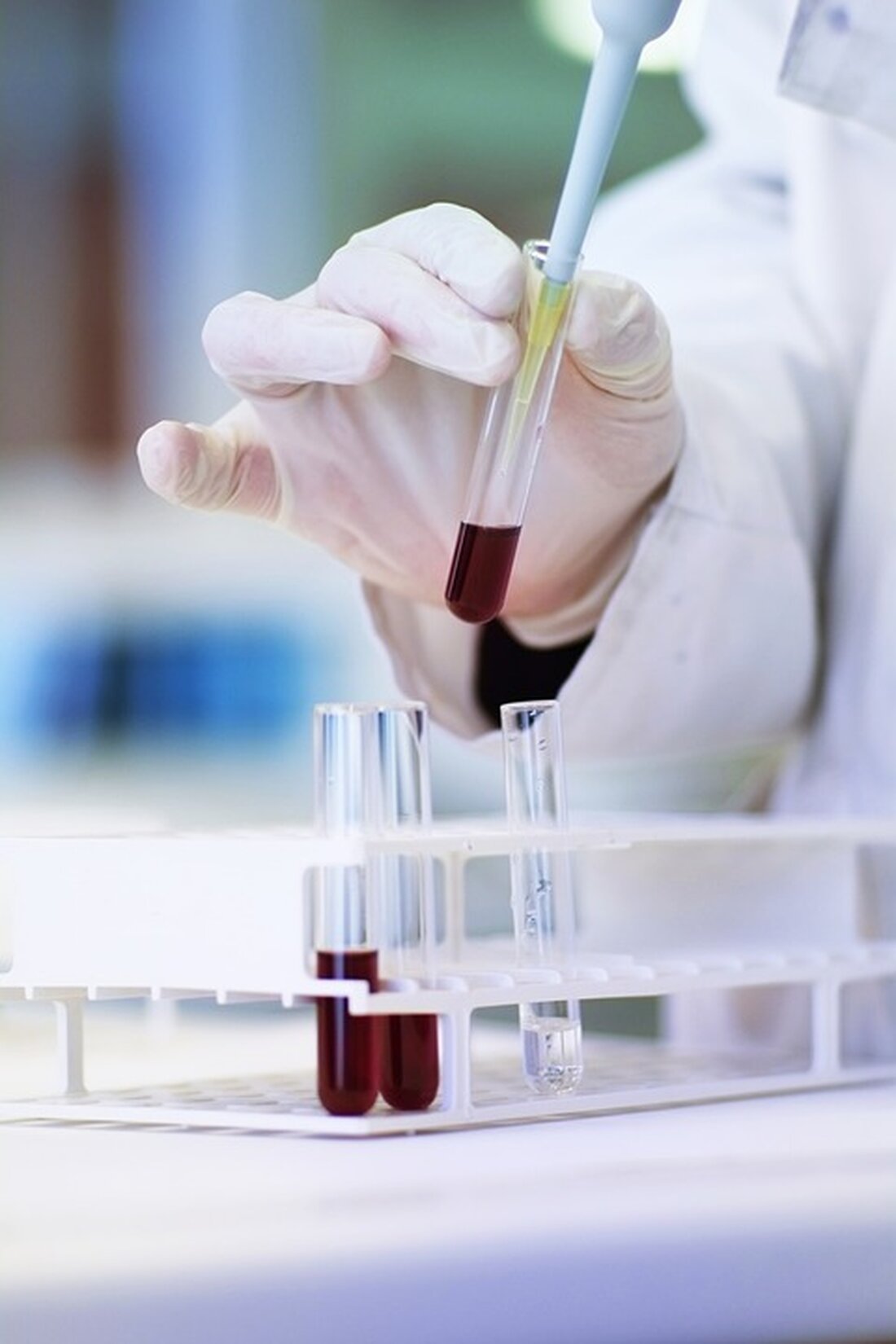Scientists develop medicines in silk packaging for patients
Scientists at Chulalongkorn University are exploring how silk protein can be used to deliver targeted drugs. This innovative method could revolutionize pharmacotherapy.

Scientists develop medicines in silk packaging for patients
Thailand has been known for centuries for the production of high-quality silk fabrics, which are exported worldwide. However, the latest research by biomedical scientists at Chulalongkorn University in Bangkok shows that silk can also find innovative use in drug delivery.
The role of silk fibroin in drug delivery
Drug delivery systems come in many forms, from capsules and tablets to skin patches and injections. According to Juthamas Ratanavaraporn, director of the Biomedical Research Center at Chulalongkorn University, silk fibroin — a natural protein that gives silk its incredible strength — can be used in a sac-like form to encase drugs. This form breaks down more slowly than other natural proteins such as gelatin or chitosan and ensures a slow release of the drug in the body.
Controlled drug release
"Instead of requiring large or frequent doses, the protein capsule can gradually release the drug in the appropriate amounts the body needs. This controlled release helps reduce the overall dose and the risk of side effects," explains Ratanavaraporn.
The founding of EngineLife
After 17 years of research, Ratanavaraporn founded the company EngineLife in 2021 with two other professors from her team. This start-up company produces its first approved product line - an insomnia treatment patch - which was launched in Thailand.
Silk Fibroin: A versatile material
Silkenfibroin has been used for over a year century studied by scientists, particularly with regard to biomedical applications. It is biocompatible, sustainable and cost-effective, which makes it advantageous as a drug carrier over other materials. "The structure of silk fibroin, particularly the strong and stable beta-sheet, allows for slow and controlled drug release and gives it flexibility and strength," says Mingying Yang, a research leader at Zhejiang University in China.
Challenges in product development
Although silk fibroin has been studied for a variety of applications — from bone substrates to corneal transplants — few products have reached the market. One scientific overview from 2022 showed that only 3% of the 697 studies examined reached clinical trials.
Standardization of silk quality
A major problem in silk production is the variability of the material. In Thailand, silk often comes from small, family-run farms and is produced by silkworms, whose diet and climate can vary, affecting the quality of the silk. To overcome this, EngineLife is experimenting with different farming methods and has implemented strict standards to ensure the quality of silk production.
Future developments in the field of drug delivery
EngineLife's farm currently produces around 25-30 kilograms of silk cocoons annually, which can be used millions of times for medical applications. The company is focused on developing new products, including transdermal patches and injectable hydrogels for osteoarthritis. Ratanavaraporn believes silk fibroin can be used in many other drug delivery systems to help patients while providing a new source of income for silk farmers in Thailand.
“Silk already has great value as a fabric, but now we are positioning it as a medical material, which increases its value at least tenfold,” concludes Ratanavaraporn.

 Suche
Suche
 Mein Konto
Mein Konto
